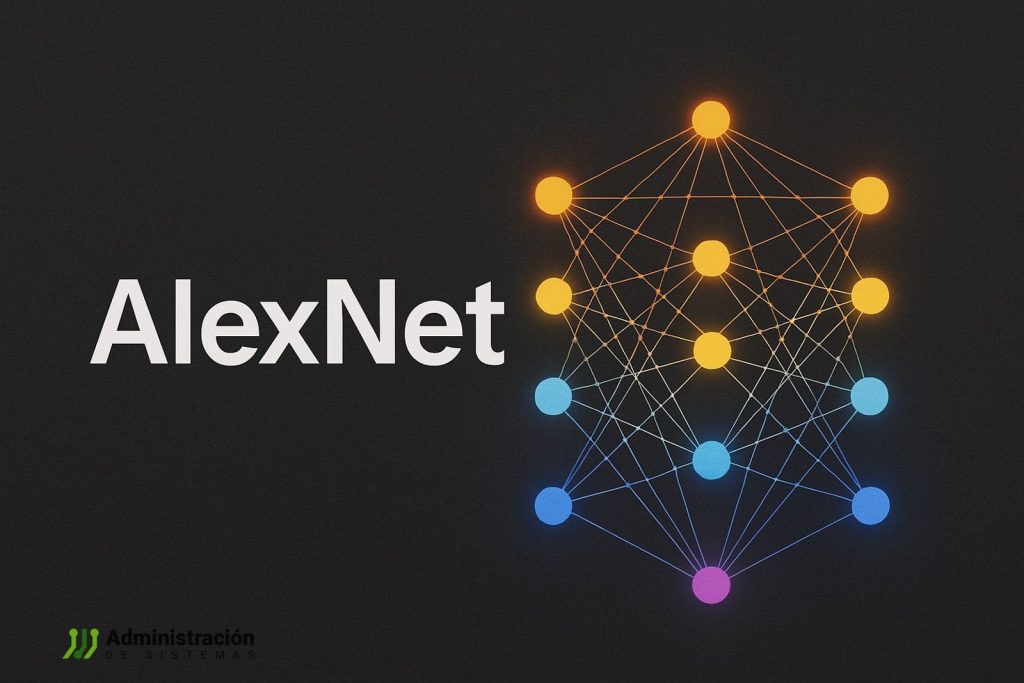The Computer History Museum and Google have released the original 2012 AlexNet source code—offering developers a rare look into the neural network that jumpstarted the deep learning era.
Over a decade after its groundbreaking impact on artificial intelligence, AlexNet, the deep convolutional neural network that redefined computer vision in 2012, is now available as open source. Thanks to a collaborative effort between Google and the Computer History Museum (CHM), developers and researchers around the world can now dive into the original codebase that marked the beginning of the deep learning boom.
Created by Alex Krizhevsky, Ilya Sutskever, and Geoffrey Hinton at the University of Toronto, AlexNet showed for the first time that a deep neural network could outperform traditional computer vision systems. Its overwhelming success in the ImageNet competition that year ignited the widespread adoption of neural networks and reshaped the direction of AI research and development.
Why AlexNet Still Matters to Developers
From a software engineering perspective, AlexNet was the first successful integration of large labeled datasets (ImageNet), parallel GPU training using CUDA, and a deep convolutional architecture. The training was done on a home-built machine equipped with two NVIDIA GPUs—located in Krizhevsky’s bedroom.
The now-open source code, written in Python with CUDA support, includes the original trained parameters used to win ImageNet in 2012. While many “AlexNet” reimplementations exist across modern frameworks like PyTorch and TensorFlow, this release marks the authentic 2012 version used in the historic breakthrough.
For developers, reviewing this original code is more than an academic exercise. It’s a practical and educational opportunity to:
- Understand how convolutional and pooling layers were structured.
- See the early application of ReLU activations in deep networks.
- Explore how dropout was implemented to mitigate overfitting.
- Learn how multi-GPU training was managed before modern deep learning libraries.
- Appreciate the importance of dataset preprocessing at scale.
It also reveals how deep learning projects were built before the rise of today’s high-level AI frameworks—back when writing your own CUDA kernels was part of the job.
Legacy and Influence
AlexNet laid the groundwork for the deep learning explosion. Today’s AI advancements—such as generative image models, speech synthesis, large language models, and autonomous systems—can trace their lineage back to this moment. The model’s foundational 2012 paper has been cited over 172,000 times, and its authors went on to build OpenAI, pioneer new architectures, and warn about the future risks of advanced AI.
You can explore the original AlexNet source code here:
🔗 github.com/computerhistory/AlexNet-Source-Code
Why This Open Source Release Matters Now
For engineers, researchers, and students, seeing the real code that changed the course of AI offers valuable insight. It demonstrates how innovation sometimes emerges not from massive compute clusters but from clever optimization, algorithmic rigor, and resourceful coding.
AlexNet wasn’t the first neural network—but it was the one that worked well enough, at the right time, with the right data and tools, to change everything. Now, thanks to this release, developers can study, reproduce, or build upon that legacy, line by line.
It’s a reminder that sometimes, the future of technology starts in a bedroom with two GPUs and an idea worth training.
Sources: Revista cloud y computer history museum

